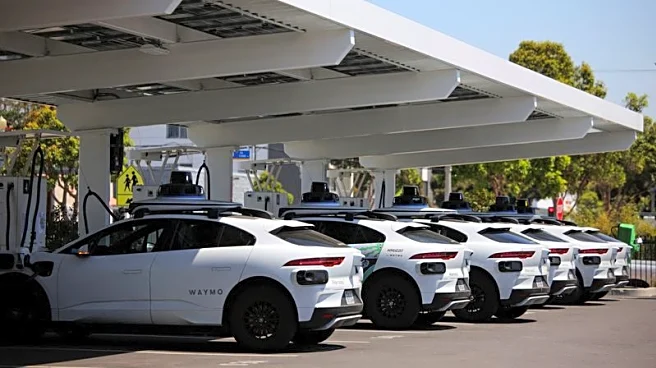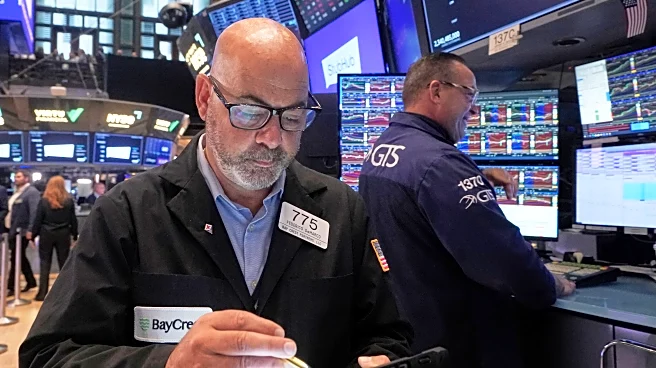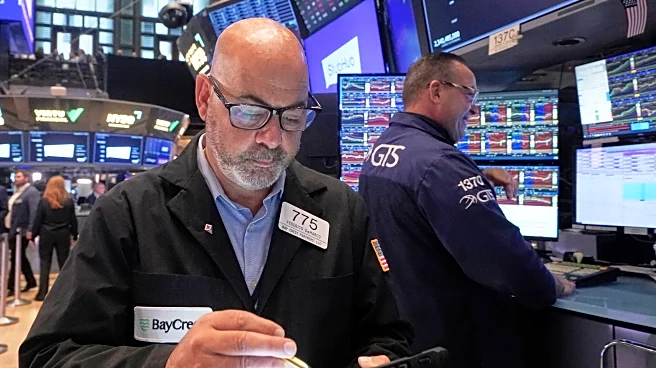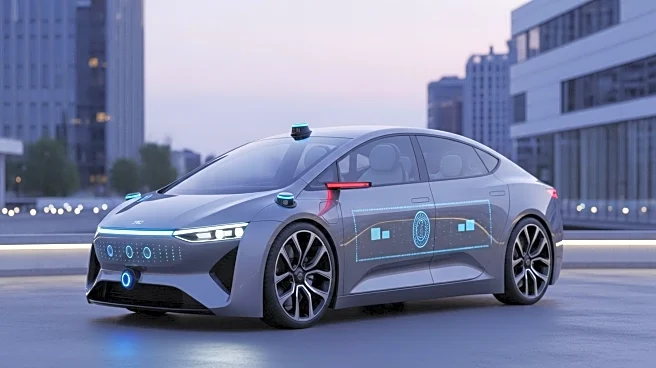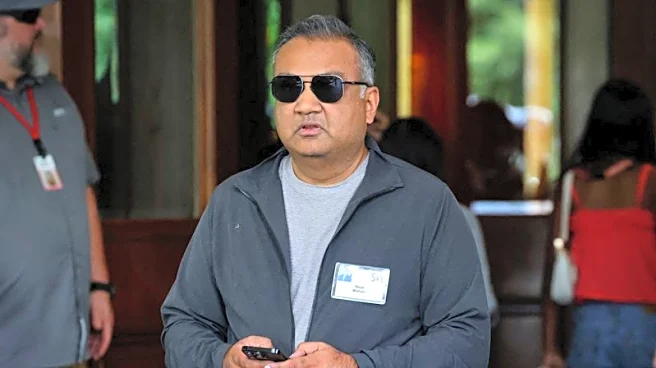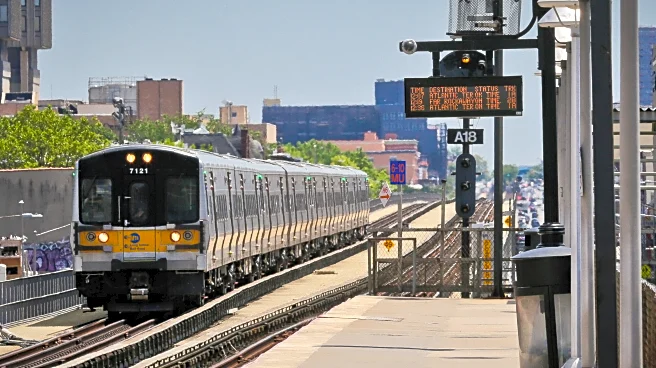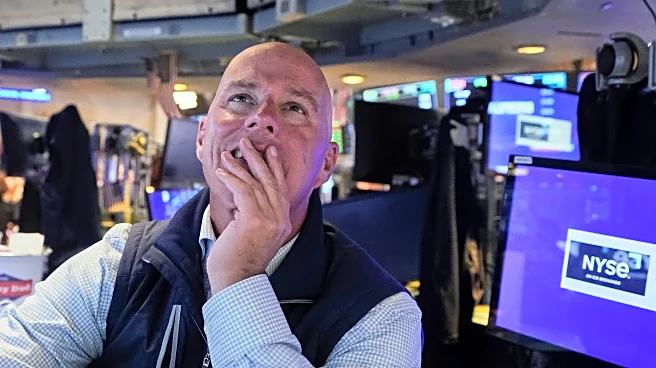What's Happening?
Tesla's Full Self-Driving (FSD) system was tested in New York City, showcasing its capabilities and limitations in a challenging urban environment. The test involved a Tesla Model Y navigating through Brooklyn's congested streets, handling tasks such as braking, acceleration, and turning. Despite initial success in maneuvering around obstacles, the system faced difficulties with unpredictable traffic situations, requiring human intervention. Tesla's approach to autonomy relies on cameras and AI, which feed visual data into machine-learning models to make driving decisions. This vision-based method is cost-effective and scalable, but experts have raised concerns about its effectiveness in complex traffic scenarios. The FSD system is similar to the software used in Tesla's Robotaxis, which are being tested in various U.S. cities, including New York.
Why It's Important?
The test of Tesla's FSD system in New York City is significant as it highlights the challenges of achieving true autonomy in densely populated urban areas. Success in New York could pave the way for broader adoption of autonomous vehicles across the U.S., potentially transforming transportation and reducing reliance on human drivers. However, the need for human intervention during the test underscores the limitations of current autonomous technology, raising questions about safety and reliability. As Tesla and other companies expand their autonomous operations, regulatory scrutiny and public acceptance will play crucial roles in shaping the future of self-driving cars.
What's Next?
Tesla's continued testing and refinement of its FSD system will be crucial in overcoming the challenges faced in urban environments like New York City. The company may need to address regulatory requirements and safety concerns to gain approval for wider deployment. As Tesla and competitors like Waymo expand their autonomous vehicle operations, further testing and data collection will be essential to improve system reliability and performance. The evolution of autonomous driving technology could lead to changes in transportation policies and infrastructure, impacting various stakeholders, including city planners, regulators, and consumers.


